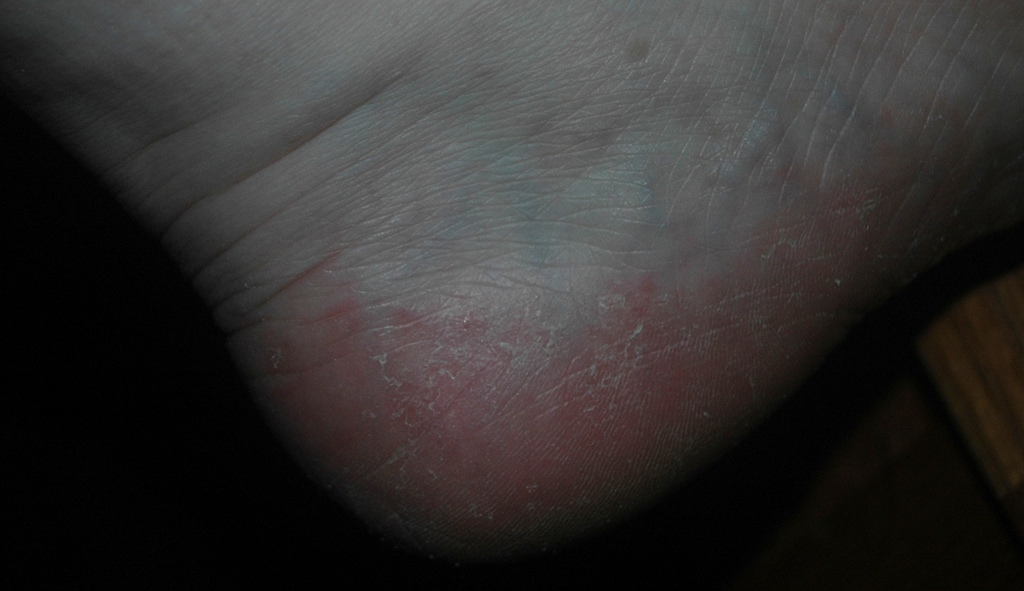If you’re someone who has never gotten athlete’s foot before, you may believe that only athletes get athlete’s foot or that people who have bad hygiene and don’t shower are the ones who get athlete’s foot. Well, these statements couldn’t be farther from the truth.
Athlete’s foot, also called tinea pedis, is a fungal infection that affects the sole of the foot and between the toes. There are three main types of athlete’s foot. The first and most common type is the toe web infection, in which the skin between the the fourth and fifth toes becomes scaly, peels, and cracks. The second type is the moccasin-type infection, in which the sole of the foot becomes sore and begins to crack. In severe cases, the toenails can even get infected and fall out. Finally, the third type, known as vesicular-type infection, involves fluid-filled blisters typically form on the sole of the foot.
Athlete’s foot can be caused by two strains of fungi. One strain, Trichophyton mentagrophytes, causes toe web and vesicular-type infections. These infections develop quickly and are easily treated. The second strain of fungus, Trichophyton rubrum, causes moccasin-type infection, which is more difficult to treat and lasts longer. Athlete’s foot is very contagious; the fungi can spread in locker rooms, swimming pools, and nail salons. The proper environment of warmth and moisture is required for the fungi to infect the skin. In fact, most people get athlete’s foot by walking barefoot on contaminated areas.
Image Source: Science Photo Library – STEVE GSCHMEISSNER
The most important way to treat athlete’s foot is to keep the infected area clean and dry so that the fungi can no longer grow. One way to do this is to soak the infected area in dilute vinegar or Clorox. Another way is to apply nonprescription antifungal medicine, such as clotrimazole and miconazole, to the infected area. If the infection is severe, prescription antifungals, such as butenafine and naftifine, can be applied. In addition to topical antifungals, antifungals taken by pill can also help. Treatment for athlete’s foot should continue until at least a week after one is symptom free.
One way to prevent athlete’s foot is to keep your feet dry, especially between your toes. You can do this by wearing well-ventilated shoes, sweat-absorbing socks, and waterproof sandals, and by going barefoot at home. Another way is to be aware of your surroundings; this means avoiding contact with infected people and wearing sandals in public areas, such as swimming pools and gyms. Lastly, you can keep your feet clean by periodically disinfecting your shoes and putting antifungal powder on your feet and shoes.
Athlete’s foot is a condition that can affect anybody. If you see your feet developing a scaly rash that starts to itch, sting, and/or burn, go to your doctor and get it checked out immediately. Athlete’s foot is easily preventable and treatable if you know the facts!
Feature Image Source: Athlete’s Foot03 by Green Smoothies Rock!










